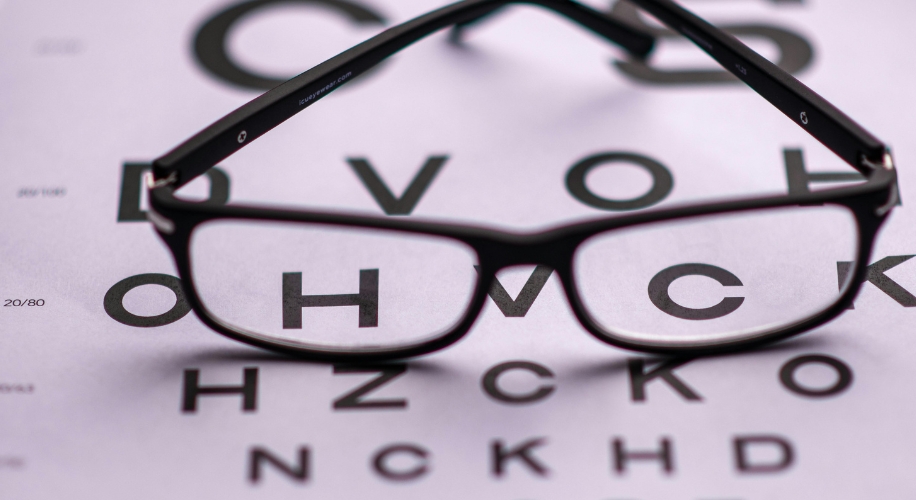Understanding Your Eyewear Prescription: Decoding OD, OS, and OU

Photo by Skyler Ewing
When it comes to understanding your eyewear prescription, the terms OD, OS, and OU are essential. These abbreviations, standing for Oculus Dexter, Oculus Sinister, and Oculus Uterque, respectively, are Latin terms adopted by the optical industry to denote right eye, left eye, and both eyes. But what do these terms really mean, and how do they determine your eyewear needs? Let’s explore these critical components of your prescription and how they guide your journey to clear vision.
Deciphering The Terms: OD, OS, and OU
OD (Oculus Dexter) refers to your right eye. Everything listed under this abbreviation in your prescription pertains specifically to the correction needed in your right eye. Similarly, OS (Oculus Sinister) focuses on your left eye. Whereas OU (Oculus Uterque), means both eyes – often used when the prescription for both eyes is identical.
When it comes to the terms OD and OS, the figures represented are the dioptric power required to correct your vision. This could be a correction for farsightedness (where distant objects are clear but near objects aren’t), nearsightedness (where near objects are clear but distant objects aren’t), or even astigmatism (a common vision condition that causes blurred vision).
How These Terms Apply to Your Glasses
These abbreviations significantly influence your choice of eyewear, whether you’re considering prescription glasses, progressive lenses, or specialized blue light glasses for computer use. The figures under OD and OS guide your optician in creating lenses that correct your unique vision anomalies, ensuring clear, comfortable vision.
For instance, if you’ve been diagnosed with astigmatism, your prescription will include cylinder (CYL) and axis values under OD and/or OS. These numbers provide the information required to shape your lenses and position them correctly in your frames, thus correcting the distortions caused by astigmatism.

Photo by Vlada Karpovich
Decoding Your Prescription
While understanding these terms is the first step, knowing how to read your prescription effectively can empower you in your eyewear purchase process. For instance, if you’re browsing for glasses online, deciphering your prescription can help you select the right pair confidently.
- If you’re farsighted, your prescription will have a plus (+) sign before the numbers under OD and OS.
- On the contrary, if you’re nearsighted, you’ll see a minus (-) sign.
- If you have astigmatism, your prescription will also include cylinder (CYL) and axis values for the respective eye(s).
Note that the numbers alone can appear quite cryptic without their corresponding abbreviations. Hence, understanding the role of OD, OS, and OU in your prescription plays a significant part in your journey to optimal vision health.
Remember, a comprehensive eye exam is the first step in maintaining optimal eye health. Regular check-ups can detect vision anomalies, prescribe corrective measures, and ensure you’re seeing the world as clearly as possible.




 Canada
Canada